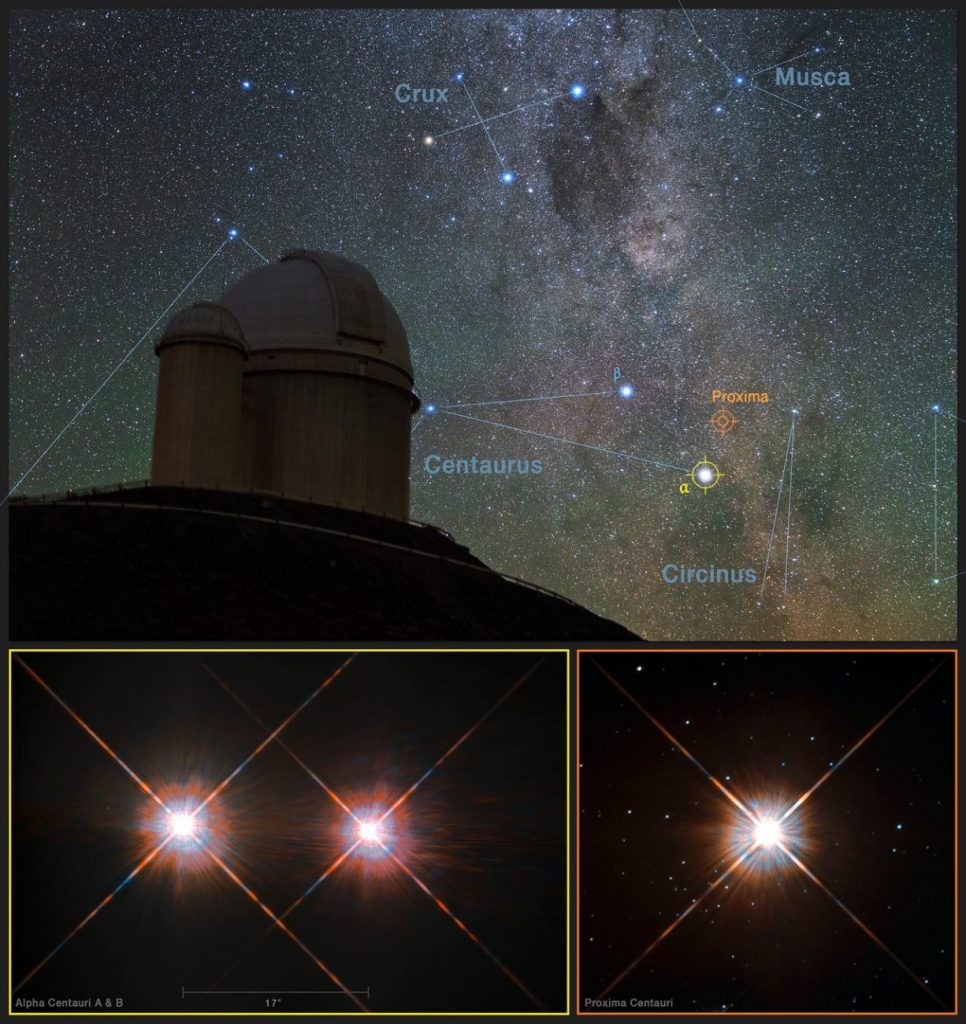Earth’s Porch Light: Using Lasers to Attract Alien Astronomers
Shining a Beacon for Extraterrestrial Life
According to MIT News, we may be able to use existing laser technology as Earth’s “porch light” to capture the attention of alien astronomers. A study from the Massachusetts Institute of Technology (MIT) suggests that current laser technology could be repurposed to create a cosmic beacon powerful enough to reach potential alien civilizations up to 20,000 light-years away. This research, described as a “feasibility study,” has been published in the Astrophysical Journal.
The Cosmic Handshake: Combining Lasers and Telescopes
The study proposes that focusing a 1 to 2-megawatt high-power laser through a massive 30 to 45-meter telescope would produce a beam of infrared radiation strong enough to stand out amidst the sun’s energy. Scientists believe that once an alien civilization detects this signal, the same system could be employed to transmit short messages for communication.

James Clark, the study’s author and a graduate student in MIT’s Department of Aeronautics and Astronautics, explains that “If we were to close a handshake and start to communicate successfully, we could flash a message, at a data rate of about a few hundred bits per second, which would get there in just a few years.”
Current Technology: Ready to Beam
The technology required to make this cosmic beacon a reality is already available, and the instrument could soon be developed. Clark acknowledges that “This would be a challenging project but not an impossible one.” By using the lasers and telescopes currently under construction, an astronomer could quickly identify an unusual spectrum around our star, possibly drawing attention to intelligent life on Earth.
Selecting the Best Configuration
Researchers considered various configurations before ultimately choosing two that would best suit their design. Using a 2-megawatt laser and a 30-meter telescope, a powerful signal could be sent to Proxima Centauri B, a planet near our sun that may host alien life. Alternatively, a 1-megawatt laser and a 45-meter telescope could generate a signal strong enough to reach the Trappist-1 system, 40 light-years from Earth. Clark notes that both options could be detectable up to 20,000 light-years away.
Weighing the Risks
Although the cosmic beacon could help us discover if we are alone in the universe, there are potential risks involved. The powerful laser beam could disrupt spacecraft instruments and even harm a person’s eyesight if viewed directly. Clark suggests that building the device on the far side of the moon or in a less populated orbit might be safer alternatives.
The Challenge of Detecting Alien Signals
While this plan could be effective for signaling our presence to alien civilizations, detecting a similar laser beacon from space with current technology would be difficult. Clark explains that detecting an extraterrestrial laser with existing survey methods and instruments is “vanishingly unlikely” unless we focus on the very nearest stars. However, as infrared spectra of exoplanets are examined for signs of life and full-sky surveys become more comprehensive, we may eventually detect an extraterrestrial signal if one exists.
PLEASE READ: Have something to add? Visit Curiosmos on Facebook. Join the discussion in our mobile Telegram group. Also, follow us on Google News. Interesting in history, mysteries, and more? Visit Ancient Library’s Telegram group and become part of an exclusive group.











